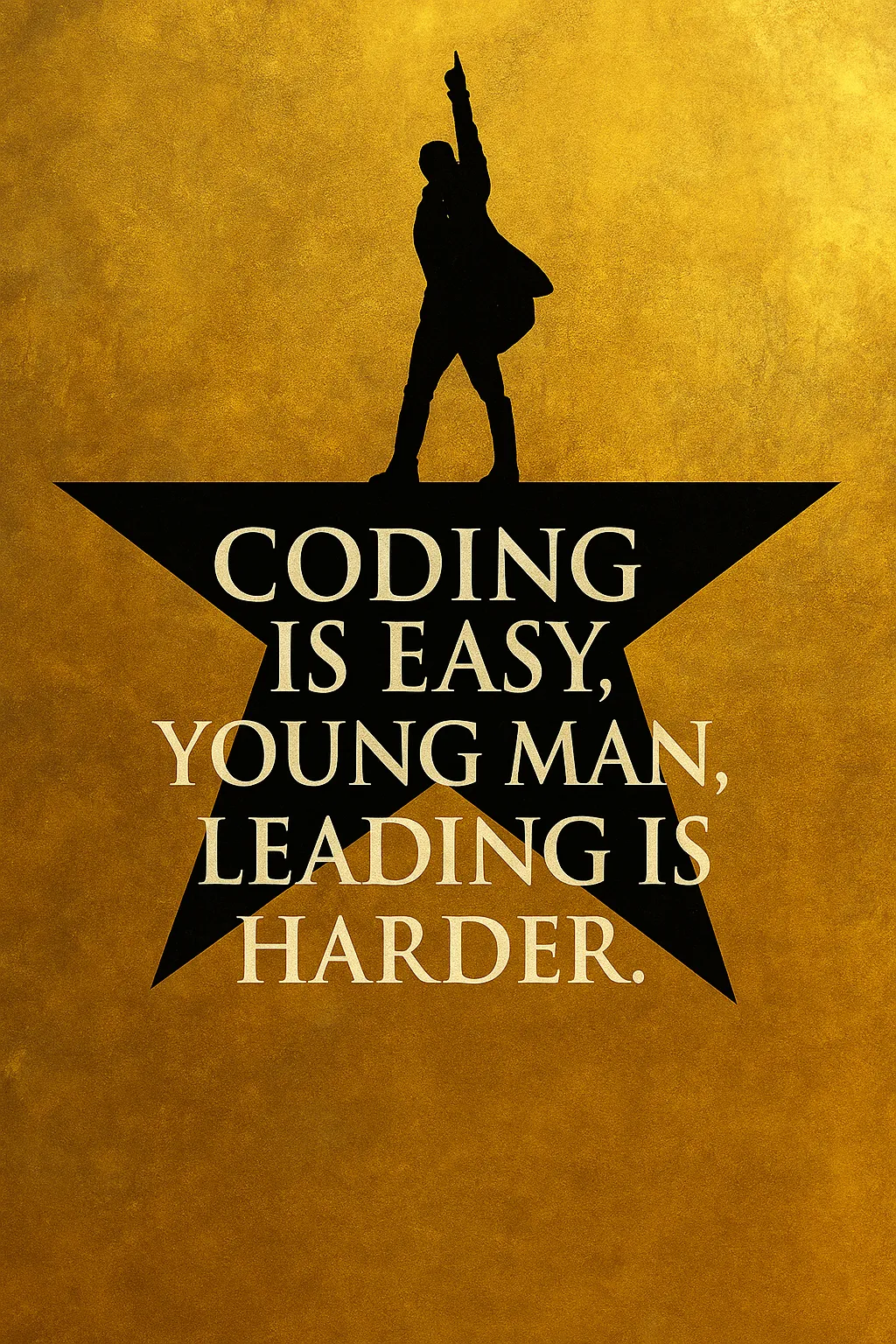Being an engineering leader can feel like you’re the captain of a ship navigating through constant storms — product deadlines, shifting priorities, technical crises, hiring gaps, and the ever-present need to inspire your crew. Some days you’re steering confidently toward clear skies; other days you’re frantically bailing water with a coffee mug.
It’s a job that can be deeply rewarding… and also incredibly exhausting.
The Hidden Weight of the Role
When you’re a senior engineer, or an individual contributor, your wins are tangible: a well-written API, a bug mercilessly squashed, a performance improvement that makes your whole team smile. As a leader, the work shifts to the invisible: enabling others to succeed, making decisions with incomplete information, advocating for resources, and mediating between competing priorities.
You often carry the stress so your team doesn’t have to. You’re the buffer between chaos and focus, and that weight can be lonely.
Some common stress points for engineering leaders include:
- Constant context switching between technical strategy, people management, and organizational politics.
- Pressure to deliver while also keeping morale high.
- Uncertainty and ambiguity in roadmaps, resourcing, and market conditions.
- Imposter syndrome when you feel your technical edge slipping as you spend less time coding.
Finding the Hope in the Hard Days
It’s easy to let the weight define you. But there’s another side to this role — one that makes the stress worth it.
🪴 You get to help people grow.
📊 You get to help a business grow.
🦄 You lead a group of people with the ambition to build an everlasting and impactful company.
🪄 You influence not just the what but the why.
🤝 You’re in a position to shape culture in ways that last long after the latest release notes are forgotten.
The key is to anchor yourself so the storms don’t throw you overboard.
Five Anchors for Thriving as an Engineering Leader
✅ Define What “Success” Means for You
Leadership comes with infinite expectations — many of them unspoken. Clarify what you consider a good day, a good quarter, a good year. Your definition should include outcomes for your team and for yourself. Without this, you’ll feel like you’re always failing.
🤗 Build a Support System
You can’t lead well in isolation. Find other leaders you can talk to — inside or outside your company — who understand your world. Mentors, peer networks, even leadership forums can be places to share struggles without fear of judgment.
🖥️ Stay Connected to the Craft
Even if you’re not coding full-time, carve out moments to keep your technical instincts sharp. Review pull requests, prototype small ideas, or pair with engineers occasionally. It keeps you grounded and helps you make better technical decisions.
🧠 Practice Intentional Recovery
You wouldn’t run back-to-back marathons without rest — leadership is no different. Schedule real downtime, whether it’s taking a vacation, going offline for a weekend, or simply taking a long walk between meetings. Your clarity of thought depends on your clarity of mind.
🗓️ Protect Your Calendar Like a Precious Resource
Time is limited, unfortunately. If you let it, your schedule will fill with other people’s priorities. Reserve time for deep thinking, strategic planning, and, yes, rest. Block focus time on your calendar like a meeting — and defend it.
The Hopeful Truth
I am a huge fan of Hamilton. As an immigrant wanting to leave a mark in this world, I find it inspirational. The quote “Dying is easy, young man. Living is harder” is spoken by George Washington to Alexander Hamilton in the musical Hamilton, in the song “Right Hand Man”. This line emphasizes that while sacrificing one’s life might seem simpler, the true challenge lies in dedicating one’s life to a cause and enduring the complexities of daily existence and hard work, such as governance, as Washington later adds in the musical, “fighting is easy, governing is harder”.

I took the liberty of repurposing the quote and apply some Hamilton-visuals pizzazz
The stress of engineering leadership is real — but it’s also a sign of how much opportunity you have to make a difference. You’re not just building software; you’re building people, teams, and futures.
The storms will keep coming. But with the right anchors, you won’t just survive them — you’ll emerge stronger, wiser, and ready for the next voyage.